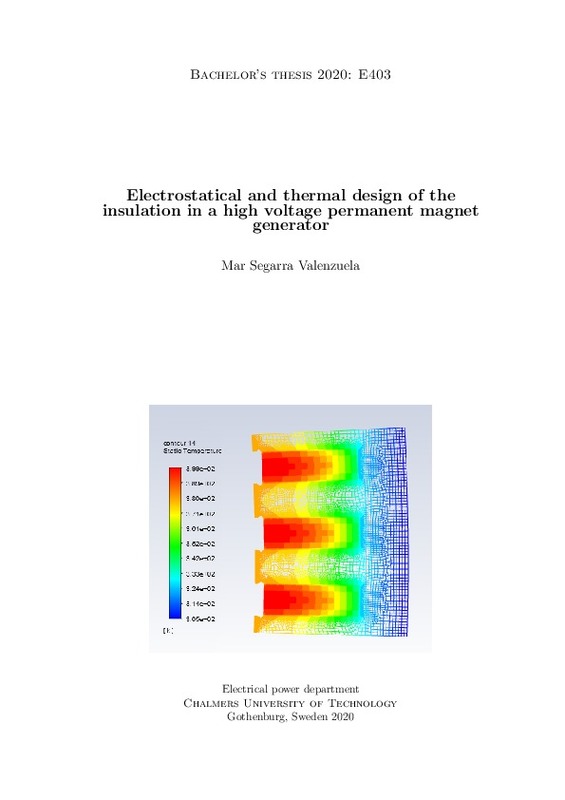JavaScript is disabled for your browser. Some features of this site may not work without it.
Buscar en RiuNet
Listar
Mi cuenta
Estadísticas
Ayuda RiuNet
Admin. UPV
Electrostatical and thermal design of the insulation in a high voltage permanent magnet generator
Mostrar el registro completo del ítem
Segarra Valenzuela, M. (2020). Electrostatical and thermal design of the insulation in a high voltage permanent magnet generator. http://hdl.handle.net/10251/155040
Por favor, use este identificador para citar o enlazar este ítem: http://hdl.handle.net/10251/155040
Ficheros en el ítem
Metadatos del ítem
| Título: | Electrostatical and thermal design of the insulation in a high voltage permanent magnet generator | |||
| Otro titulo: |
|
|||
| Autor: | Segarra Valenzuela, Mar | |||
| Director(es): | Thiringer, Törbjorn | |||
| Entidad UPV: |
|
|||
| Fecha acto/lectura: |
|
|||
| Resumen: |
[ES] Se trata del diseño del aislamiento de un generador de imanes permanentes de corriente alterna que trabaja a alto voltage, en primer lugar he realizado el diseño electróstatico para verificar que el material aislante(mica) ...[+]
[EN] This thesis covers the electrostatical analysis and design of the insulation, performed
by means of Matlab and Ansys Maxwell as well as the thermal analysis and design by
Ansys Fluent. Both analysis have been done ...[+]
|
|||
| Palabras clave: |
|
|||
| Derechos de uso: | Reserva de todos los derechos | |||
| Editorial: |
|
|||
| Titulación: |
|
|||
| Tipo: |
|
recommendations
Este ítem aparece en la(s) siguiente(s) colección(ones)
-
ETSII - Trabajos académicos [10538]
Escuela Técnica Superior de Ingenieros Industriales







